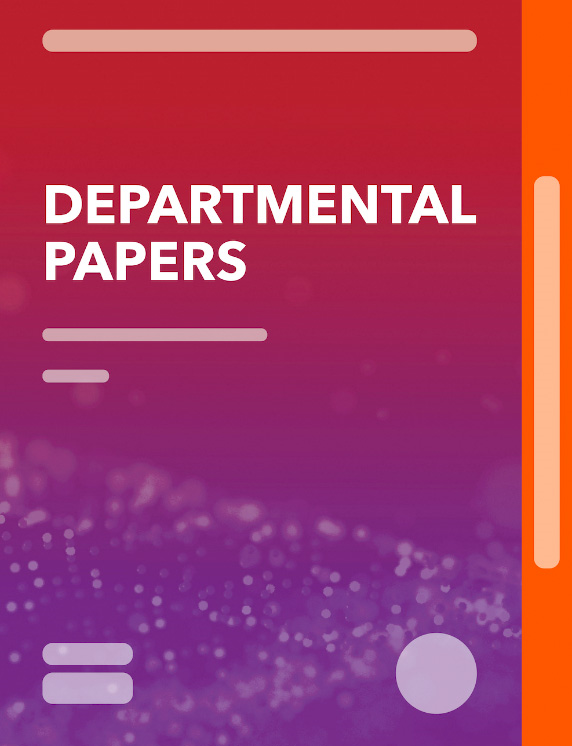Tax Elasticity Estimates for Capital Stocks in Canada
May 29, 2020
Disclaimer: IMF Working Papers describe research in progress by the author(s) and are published to elicit comments and to encourage debate. The views expressed in IMF Working Papers are those of the author(s) and do not necessarily represent the views of the IMF, its Executive Board, or IMF management.
Summary
Subject: Corporate income tax, Financial institutions, Financial services, Marginal effective tax rate, Real interest rates, Stocks, Tax allowances, Tax policy, Taxes
Keywords: Capital Taxation, Corporate income tax, cost of capital, depreciation rate, differenced GDP terms, elasticities decrease, Global, investment tax credit, machinery and equipment, Marginal effective tax rate, Metr data, open economy, provincial sales tax, rate of return, Real interest rates, Stocks, Tax allowances, UCE estimate, user cost of capital, User Cost of Capital Elasticity, WP
Pages:
28
Volume:
2020
DOI:
Issue:
077
Series:
Working Paper No. 2020/077
Stock No:
WPIEA2020077
ISBN:
9781513545981
ISSN:
1018-5941






